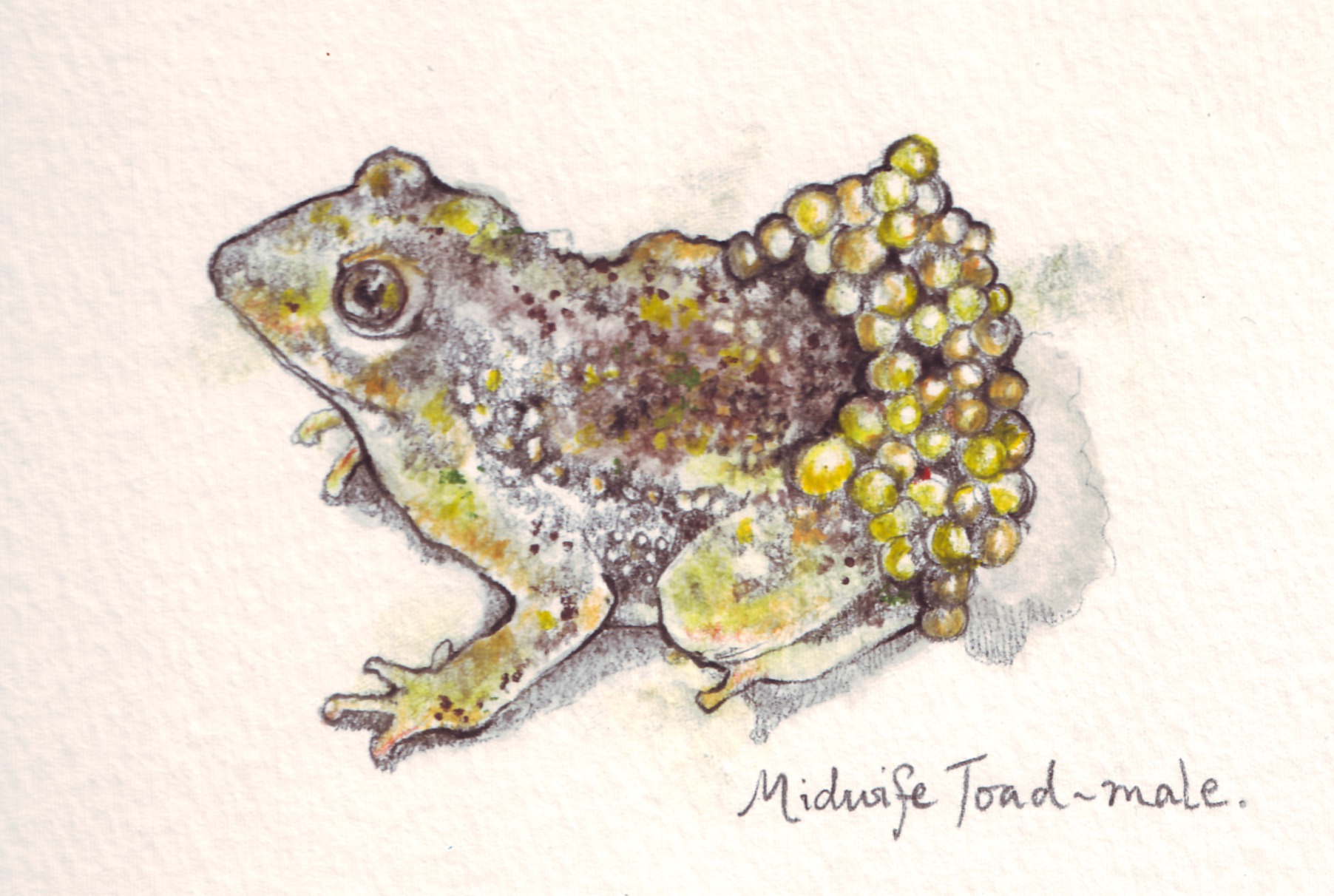Women You Should Know… Agnes de Mille
If you ask people if they know the name ‘de Mille’, some will say they’ve heard of Hollywood producer Cecil de Mille, some might even know his brother William de Mille, but not many will have heard of William’s daughter. Which is a shame, because Agnes De Mille was a fascinating woman.
What is the Point in Learning Chemistry?
Have you ever sat in a Maths class wondering why you will ever need to be able to do long division without a calculator? Or silently cursed your Geography teacher while learning about the formation of oxbow lakes? And History?
That’s all in the past and irrelevant, isn’t it? In this series of articles we will look at some of the subjects we learn at school, and try and answer the question: What’s the point in learning… Chemistry?
Tales From The Farm – By Rosie
Rosie is 15 years old and lives on a farm, miles from the nearest town. She wrote about living on a farm, and what she loves about it.




